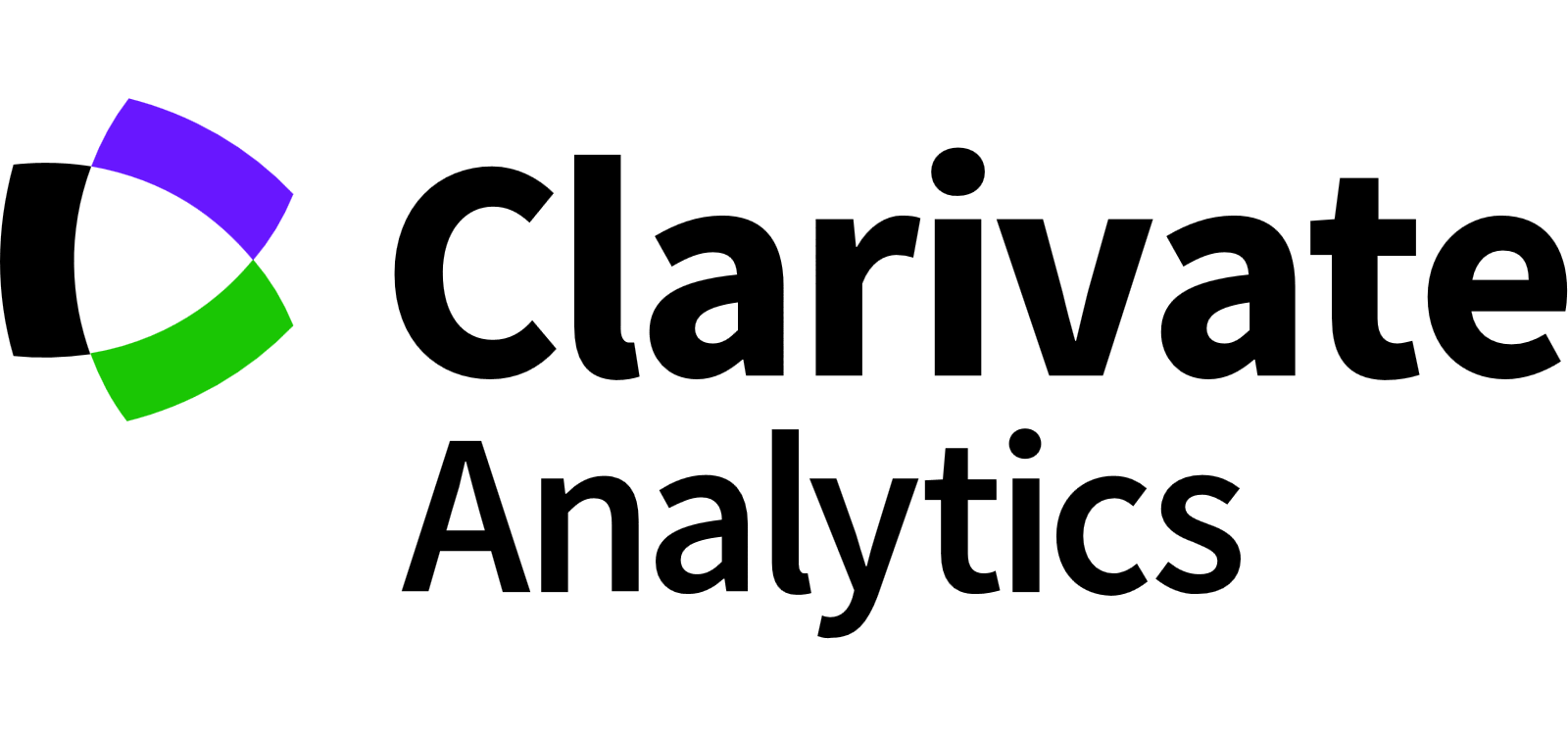Enhancing 3D Precision: Point Cloud Upsampling Methods — A Review
Abstract
Enhancing the resolution of point clouds is crucial in achieving detailed and precise 3D representations for various applications. Factors such as sensor calibration, scanning range, and environmental capability play a pivotal role in determining the overall quality of the captured point cloud data. Moreover, issues related to noise, occlusions, and sensor limitations can further impact the accuracy of the modelling outcome, underscoring the importance of optimizing point cloud resolution. Thus, researchers started to build new architectures with the aim of produce more dense and complete representation with higher resolution. Different methods have been created to achieve successful upsampling, such as interpolation techniques, deep learning strategies, and optimization algorithms. In this paper, we take a closer look at this exceptionally fast-developing field of science. According to this aim, the reader will better understand point cloud upsampling technology.








